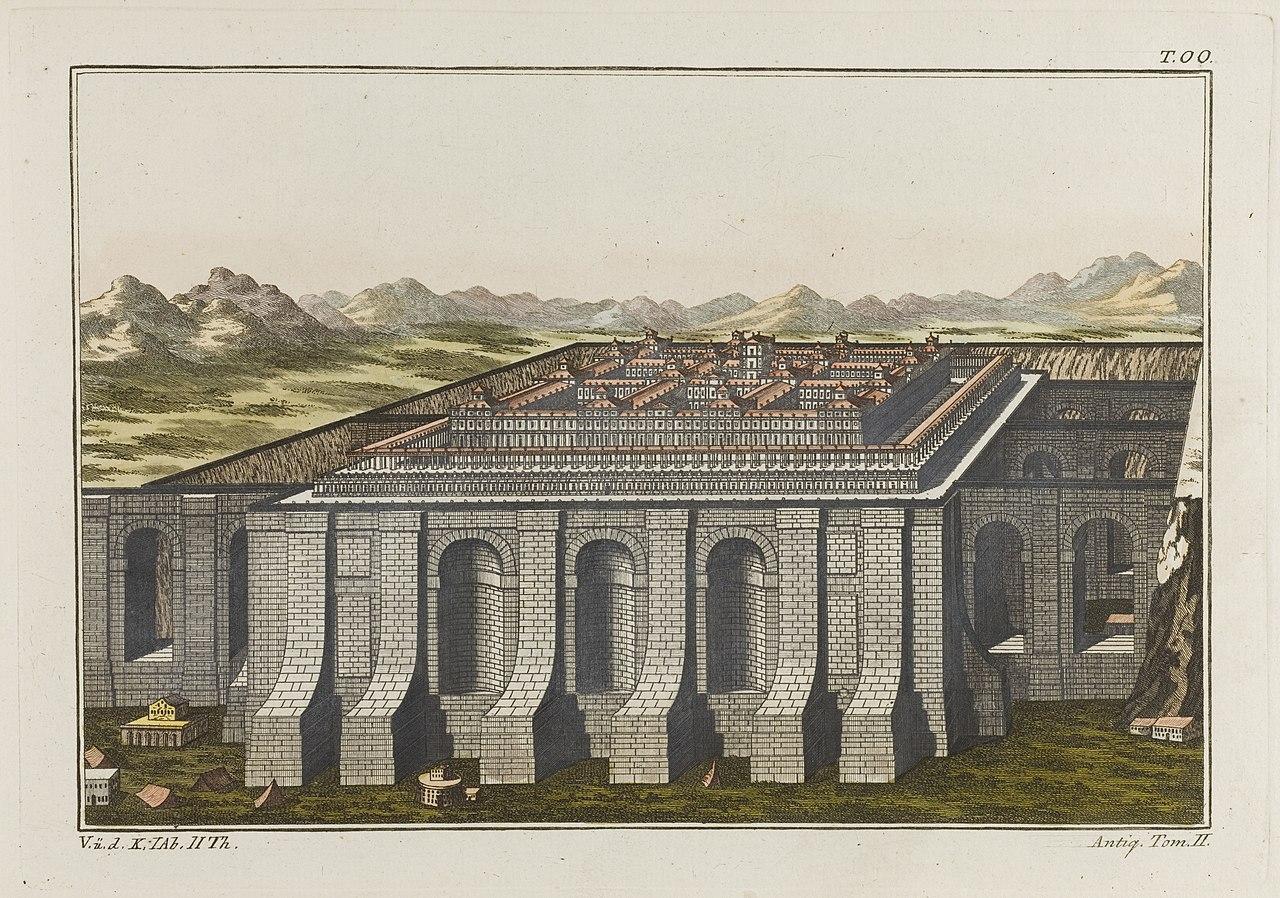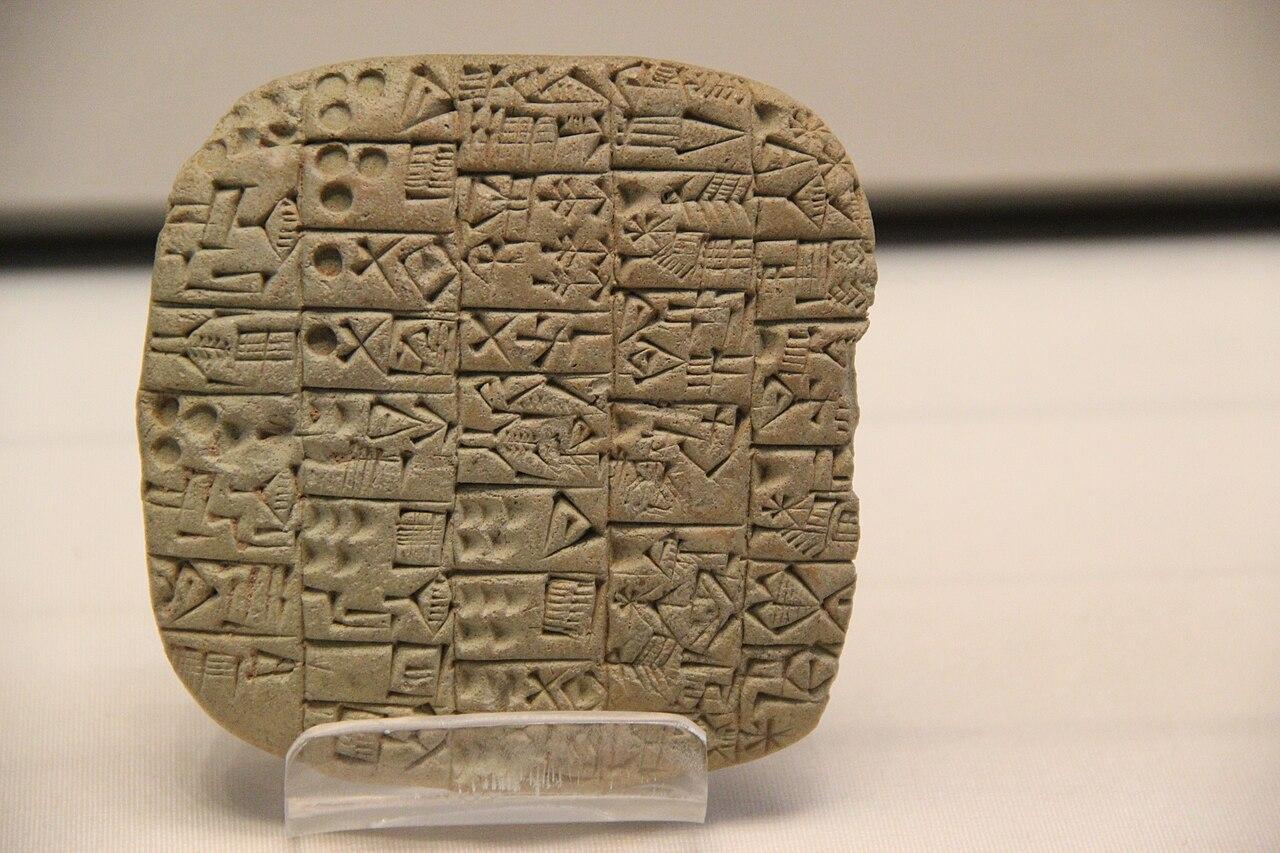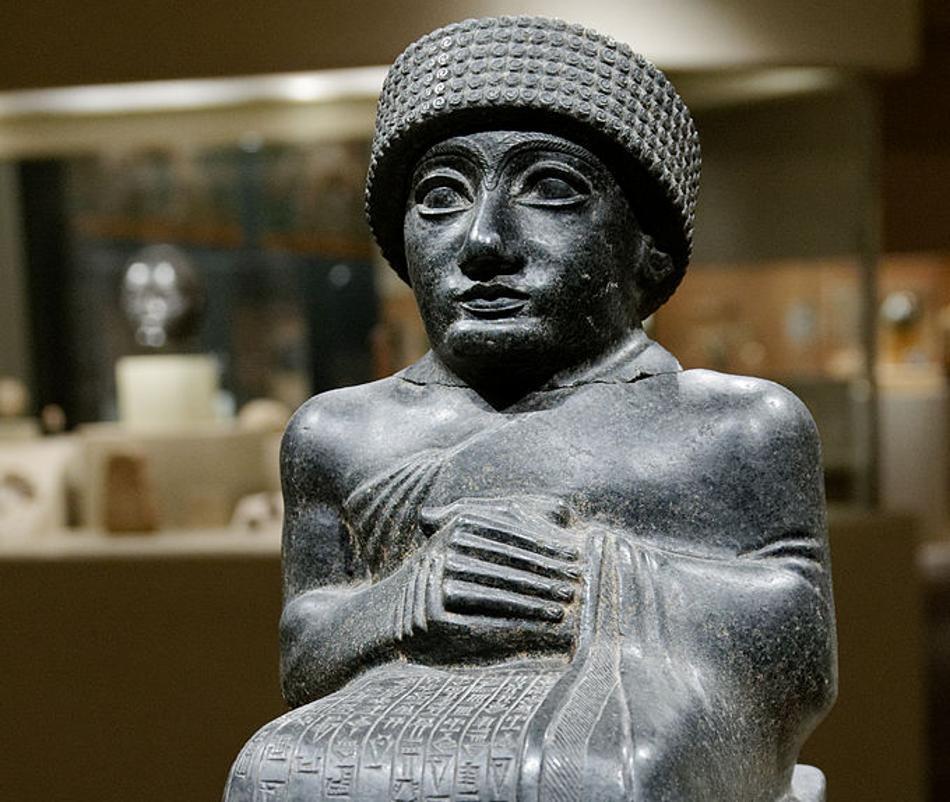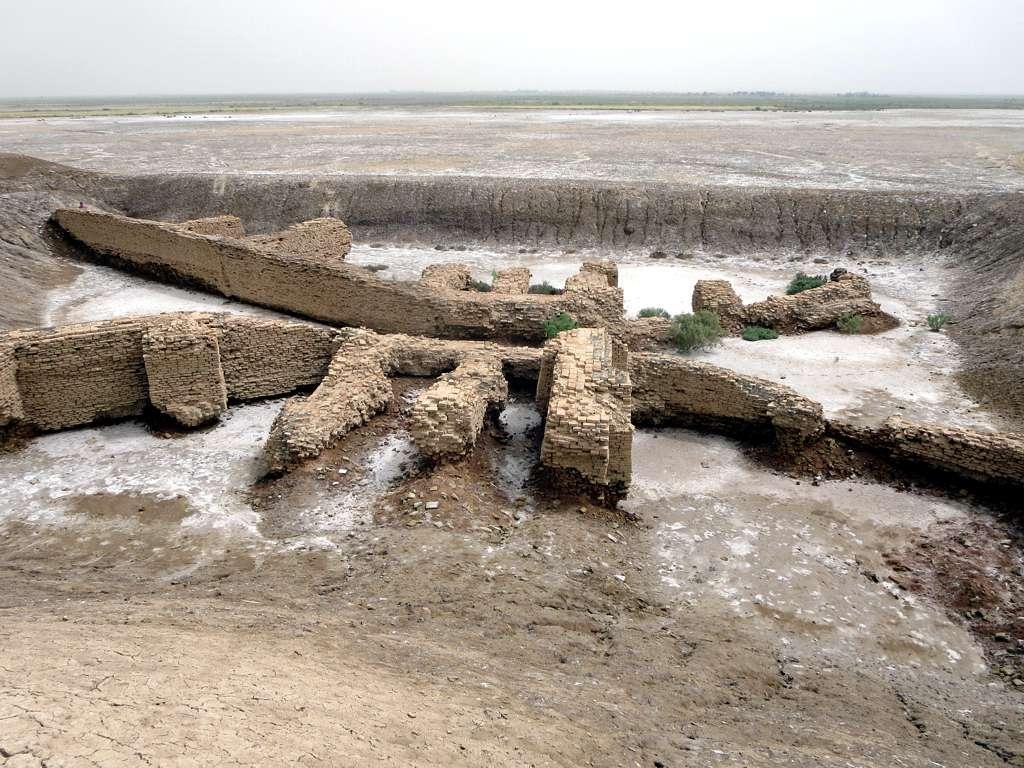Sumerian ‘Sacred Code’ Reveals Building Instructions in the Bible
It has taken more than a century of painstaking research on Sumerian inscriptions found on a statue, but the efforts have finally paid off. Researchers have successfully deciphered the “sacred code,” a finding that mirrors the divinely inspired building instructions mentioned in the Bible.
The body of the text was inscribed on a 4,000-year-old statue of a Mesopotamian leader known as Gudea. The inscriptions detail a dream in which Gudea was commanded by a higher power to build a temple using specific measurements, much like the biblical account of Solomon and the Temple of Jerusalem. Now, researchers have found the holy site.
The Mesopotamian Civilization
Often referred to as one of the birthplaces of civilization, Mesopotamia bore witness to some of the world’s first cities, which played a significant role in shaping history.

Source: Wikimedia
Located on the fertile plains between the Tigris and Euphrates rivers in modern-day Iraq, Mesopotamia comprised individual city-states. The individual civilizations that arose here were developing and perfecting aspects of daily life, including writing, laws, civil rights, the wheel, beer-brewing, the 24-hour day, and irrigation of crops.
Archaeological Remains of Mesopotamia
Various unique civilizations rose to power over the region’s 3,000-year-long history, each leaving its own mark on the landscape. Over the past century, archaeologists have slowly unearthed cities and settlements alongside a plethora of artifacts that have helped shed light on the region’s history.

Source: Wikimedia
One discovery that puzzled researchers for well over a century was the peculiar stature of a ruler known as Gudea, which was inscribed with a “sacred code” that has finally been cracked, according to The Telegraph.
Archaeologists From the British Museum Crack the Code
Archaeologists working out of the British Museum believe they have finally unraveled the meaning behind the “sacred code” after discovering the remains of a lost Mesopotamian temple in modern-day Iraq.

Source: Wikimedia
After discovering the temple, the researchers theorized that it could be the divinely mapped-out holy site mentioned in the state of Gudea. When they compared the inscription to the site’s measurements, they realized it was a precise, down-to-scale representation of the temple mentioned in the text.
Similarities With the Temple of Solomon
Dr. Sebastien Rey, director of the British Museum’s project in Iraq, shared his thoughts of the discovery, writing, “It is like the precise measurement we see in the Bible in a much later period, those of the Arc, or the Temple of Solomon.”

Source: Wikimedia
He continued, “This has taken 140 years to crack; it is a very important moment.”
The Sacred Code of Mathematics
According to Rey, “Mathematics would have seemed divine to the Sumerians. This was a sacred mathematics on architectural plan, a sacred code.”

Source: Wikimedia
He added, “This shows that Gudea did indeed build a temple after being told to do so in a dream and reveals that Sumerians were capable of scaling models up and down. The plan matches the temple site perfectly.”
Ancient Blueprints
The team of British-based researchers recently found another tablet in a separate ancient city in Iraq. According to their findings, it’s inscribed with similar measurements, which could lead them to another temple created through divine intervention.

Source: Wikimedia
If they discover another temple that aligns with an architectural plan discovered on a sacred tablet, this may suggest that these “ancient blueprints” were widely used throughout the Mesopotamian civilization.
The History of Gudea
The Sumerian civilization was the earliest culture to arise in ancient Mesopotamia. Unlike later groups such as the Assyrians, Akkadians, and Babylonians, they didn’t speak a Semitic language, and their origins are somewhat mysterious.

Source: Wikimedia
By 3000 BCE, they had risen to become one of the first civilizations on the planet. Texts discovered from this period speak of a great priest ruler known as Gudea, the figure who was divinely inspired to build a sacred temple using an architectural plan gifted to him in a dream.
Gudea Was Instructed to Build by the Sumerian God
Gudea ruled over the ancient city of Girsu, which is found today in the southern part of Iraq. French archaeologists unearthed the remains of the city in the 19th century, pulling several statues of Gudea from the ruins.

Source: Wikimedia
One statue of the priest-ruler shows him sitting with what appears to be an architectural plan on his lap. It is inscribed with a body of text stating that the ruler was visited in a dream by the Sumerian deity Ningirsu.
Water Management at Girsu
One interesting facet of the site is an enormous hydraulic device that protected the civilization against prolonged drought.

Source: Wikimedia
“Water brings life to the flat floodplain of Iraq, but it can also bring devastation, and this since time immemorial,” said Dr Rey. “It is no coincidence that the Flood story originates in Sumer.”
7000-Year-Old City
The first signs of human habitation at Girsu date back to around 5000 BCE. By the third millennium BCE, it had transformed into an ancient metropolis governed by a literature bureaucracy. It even had a system of canals “like Venice or Bruges,” said Dr. Rey.

Source: Wikimedia
“When you walk at Girsu, you are walking on the ruins of a civilization. It’s right there on the surface,” he added. “It has been reduced to dust.”
Further Research to Be Conducted at the Site
It’s clear that the ancient city in southern Iraq played a pivotal role in the evolution of the Sumerian civilization. Researchers are hopeful that further investigations of the site will reveal more about this highly complex culture.

Source: Wikimedia
As for the “sacred code,” archaeologists and scholars believe there could be more artifacts inscribed with agricultural plans seemingly inspired by divinity awaiting discovery in the region.
